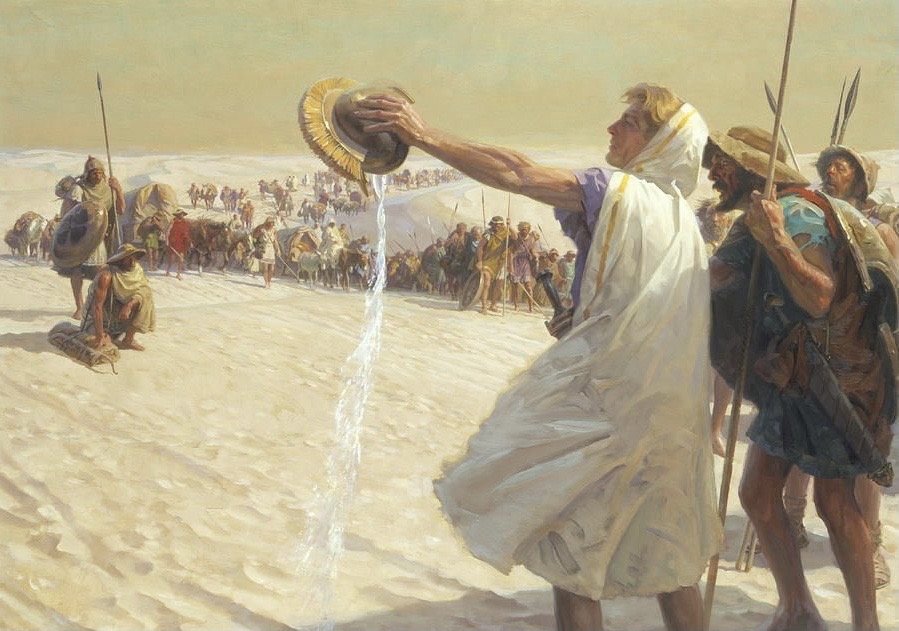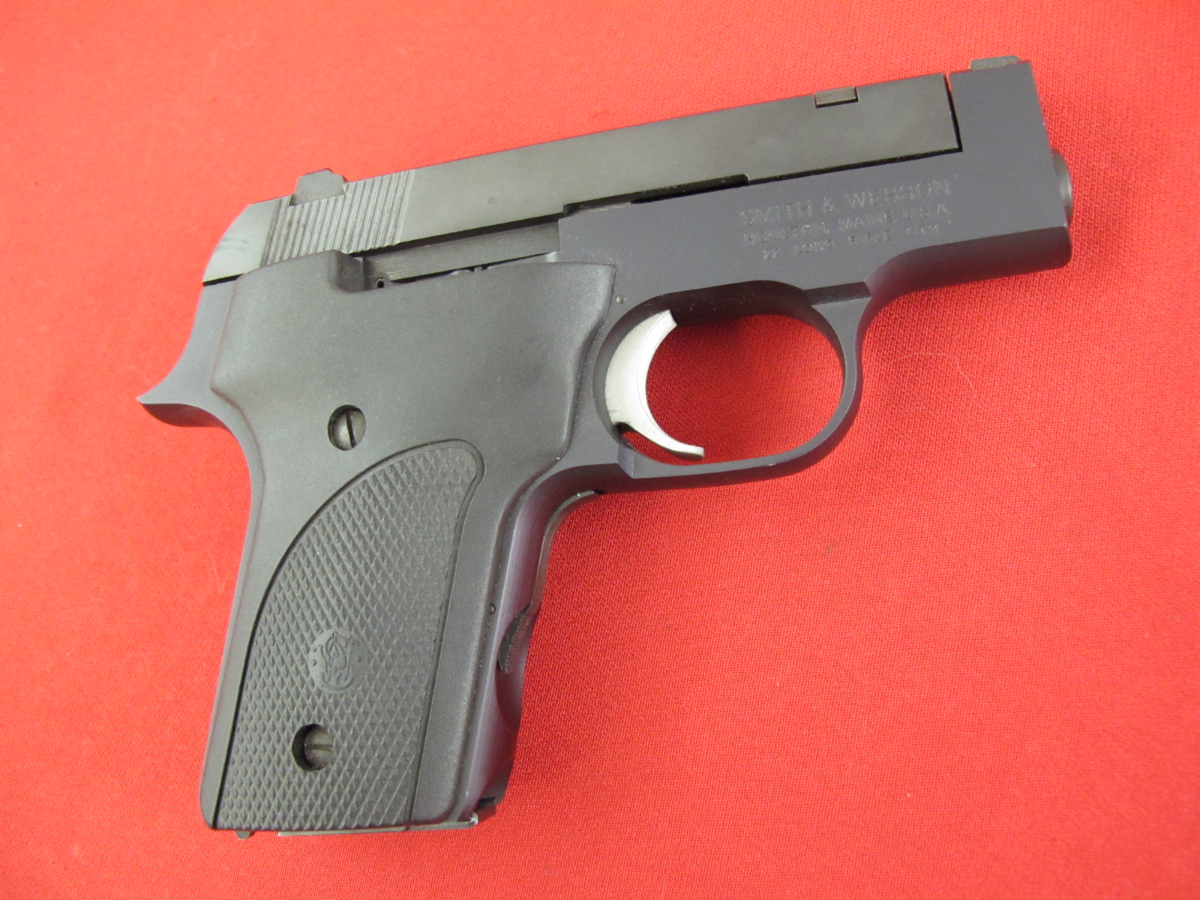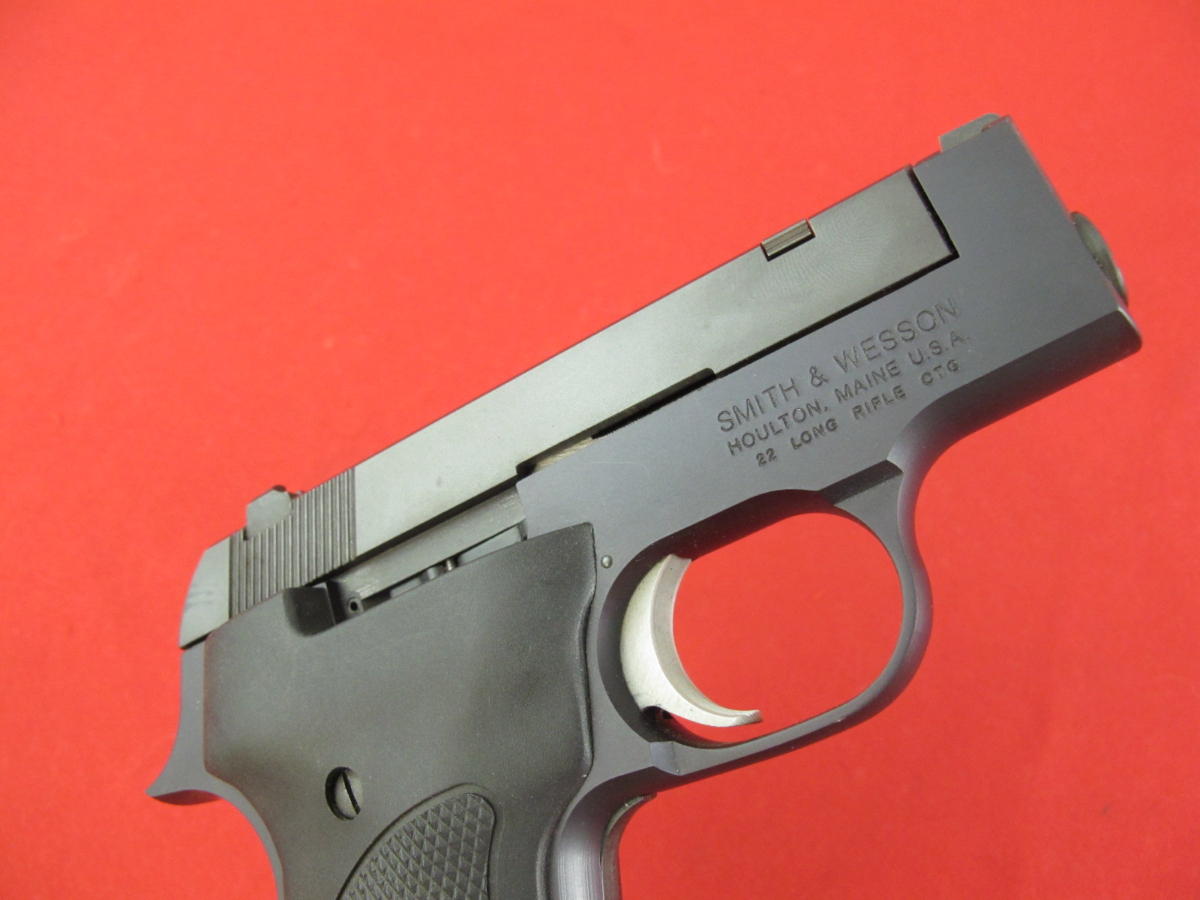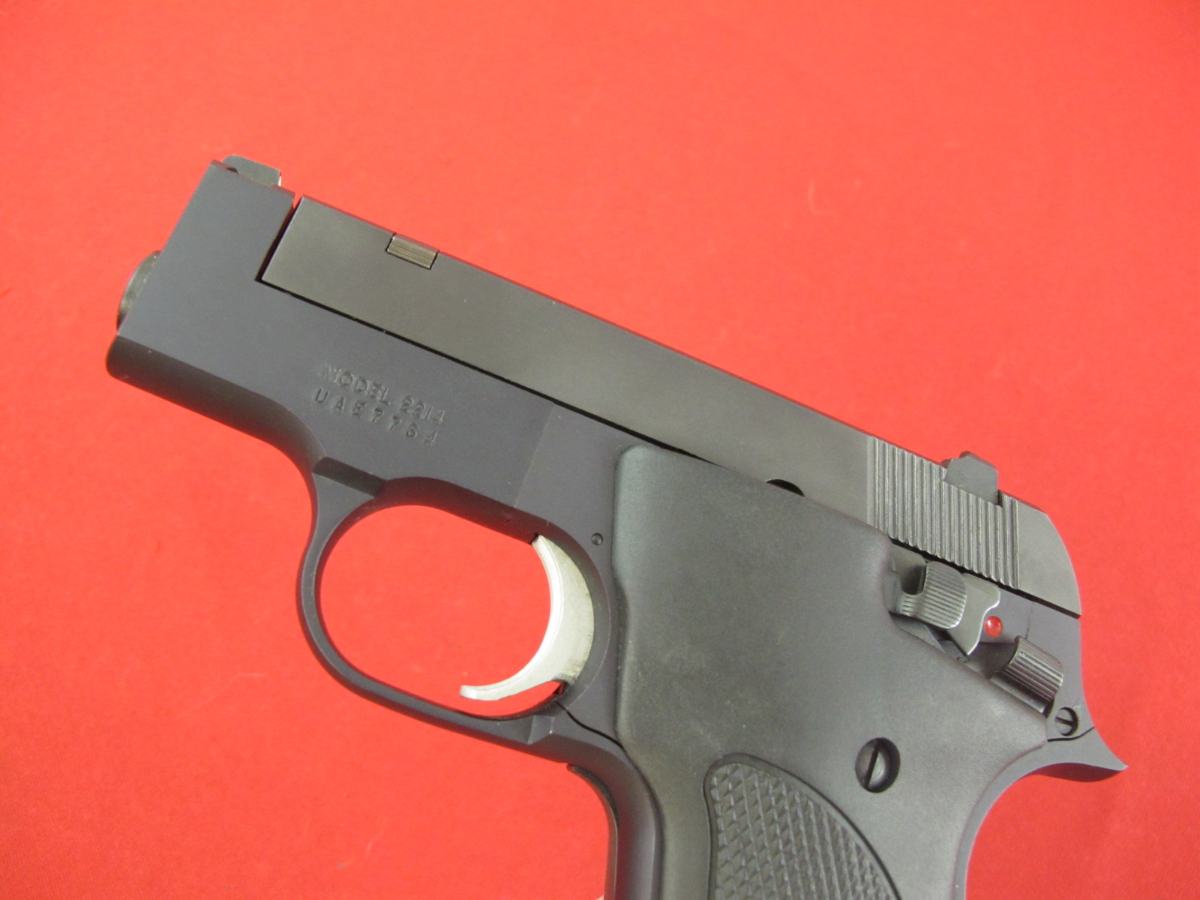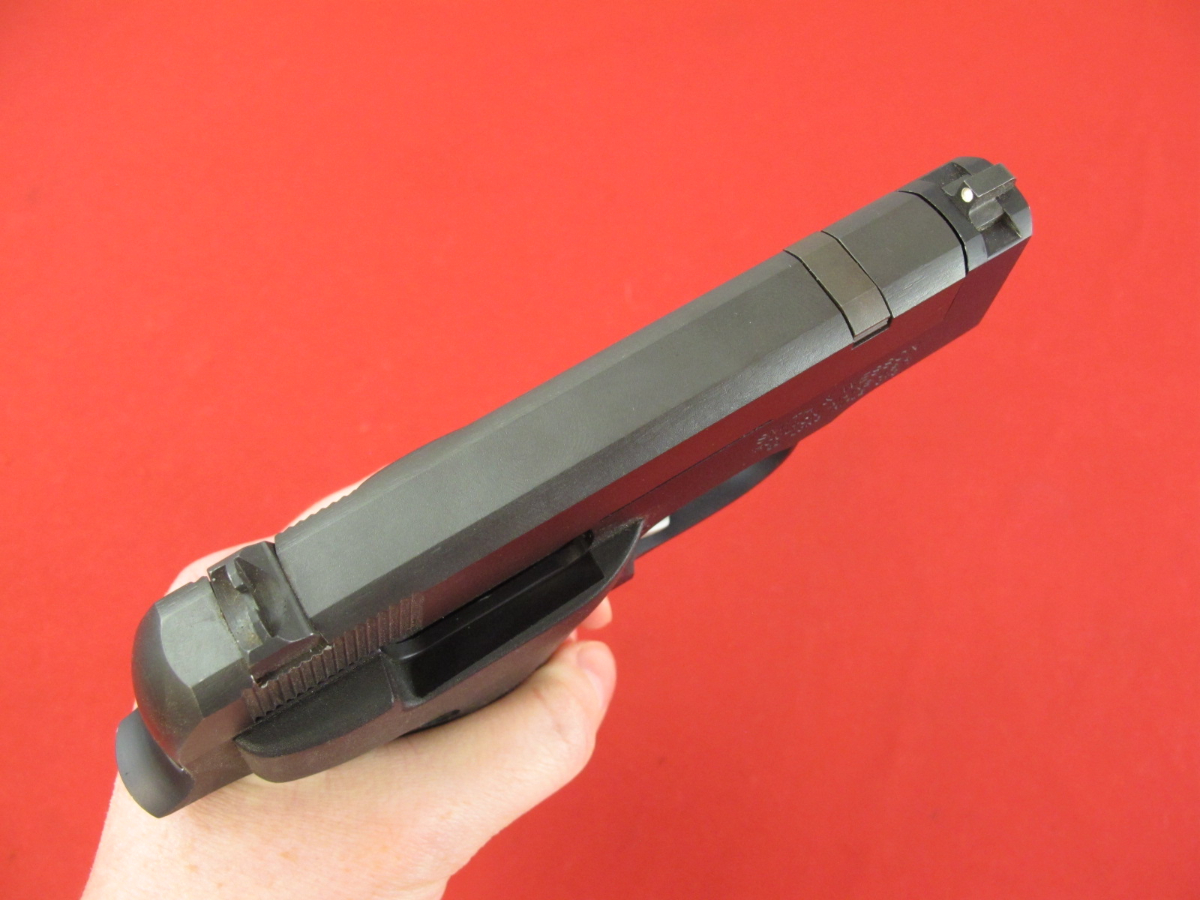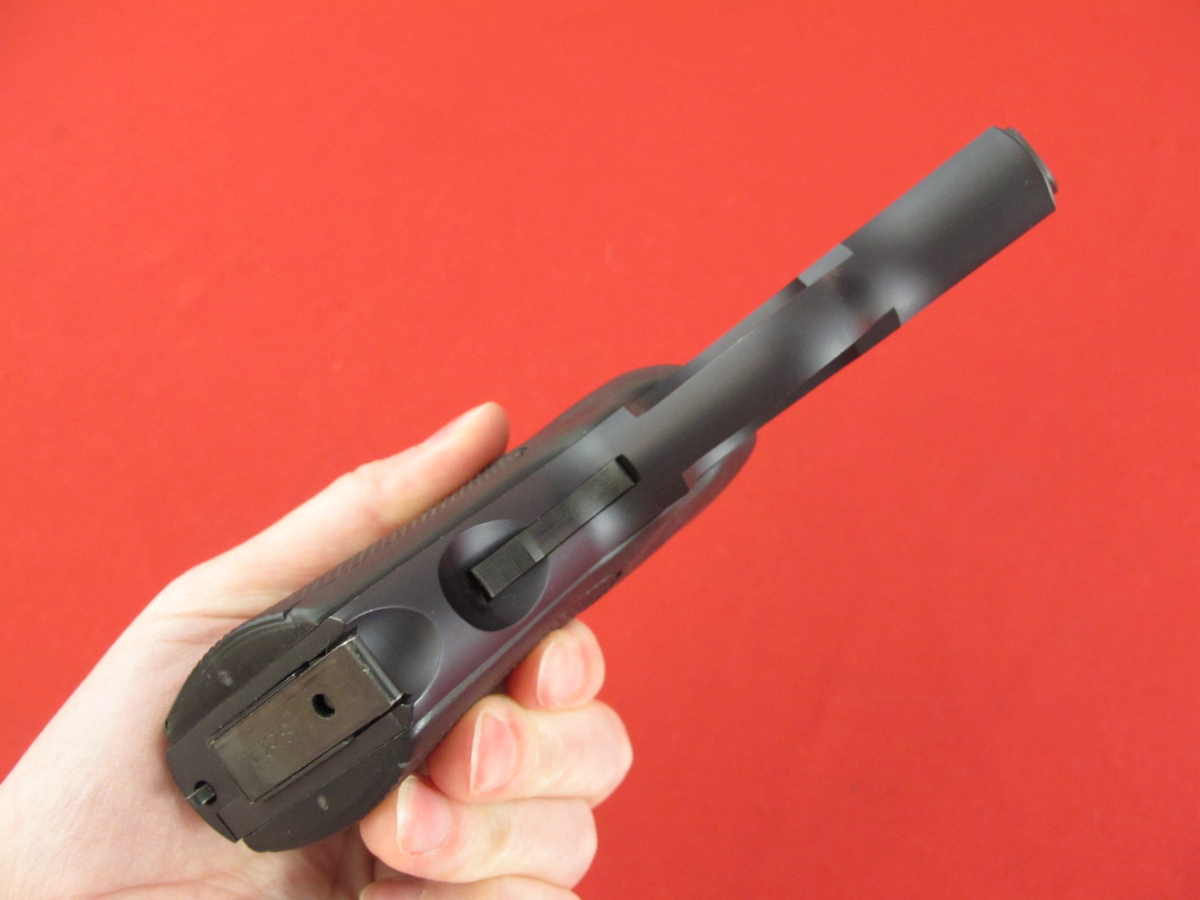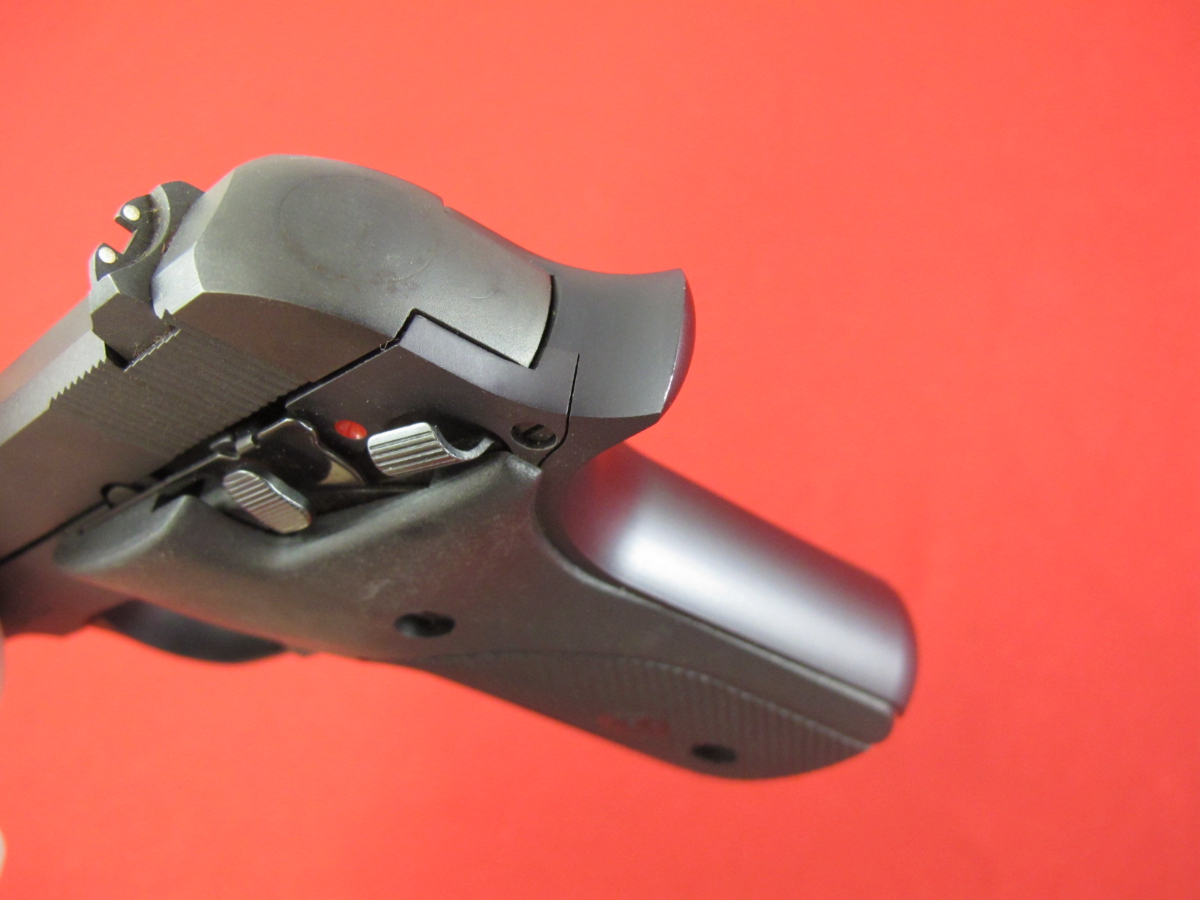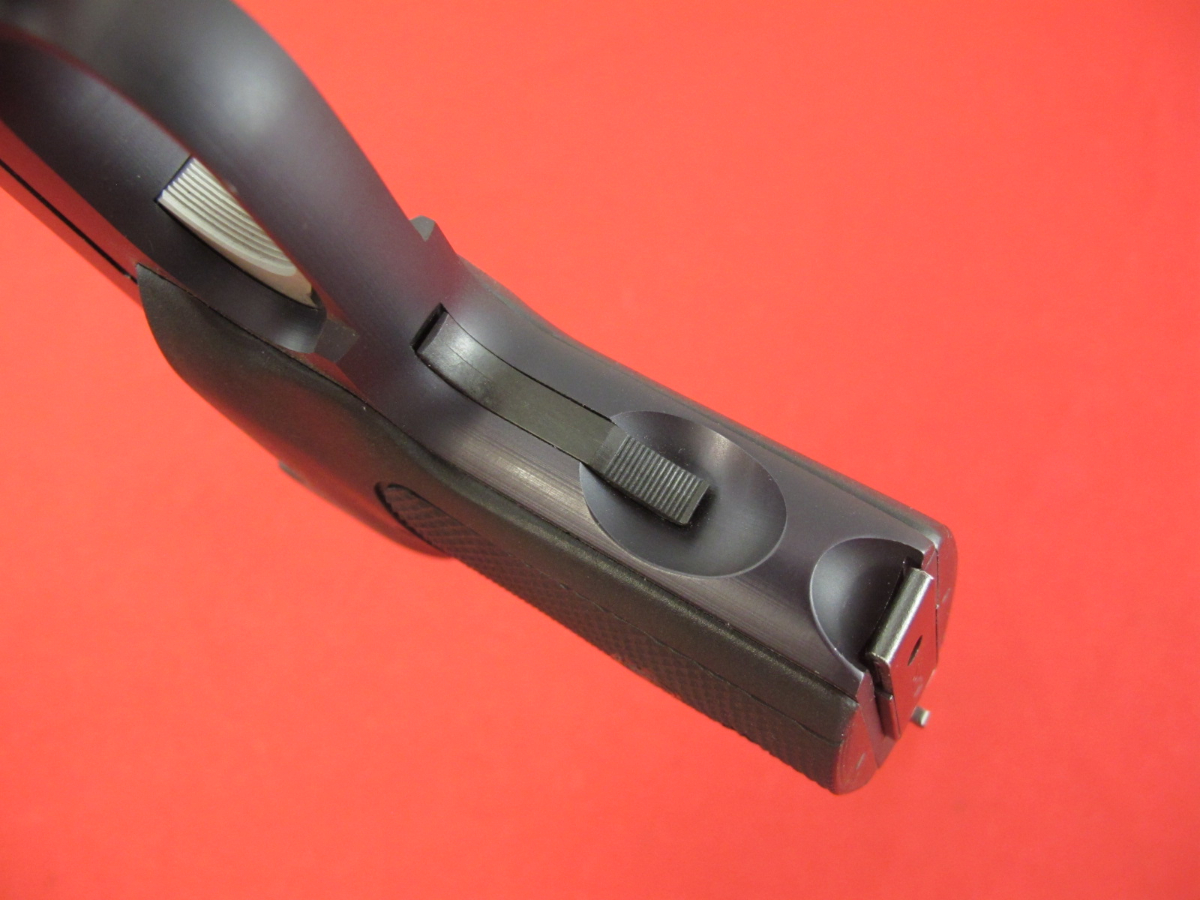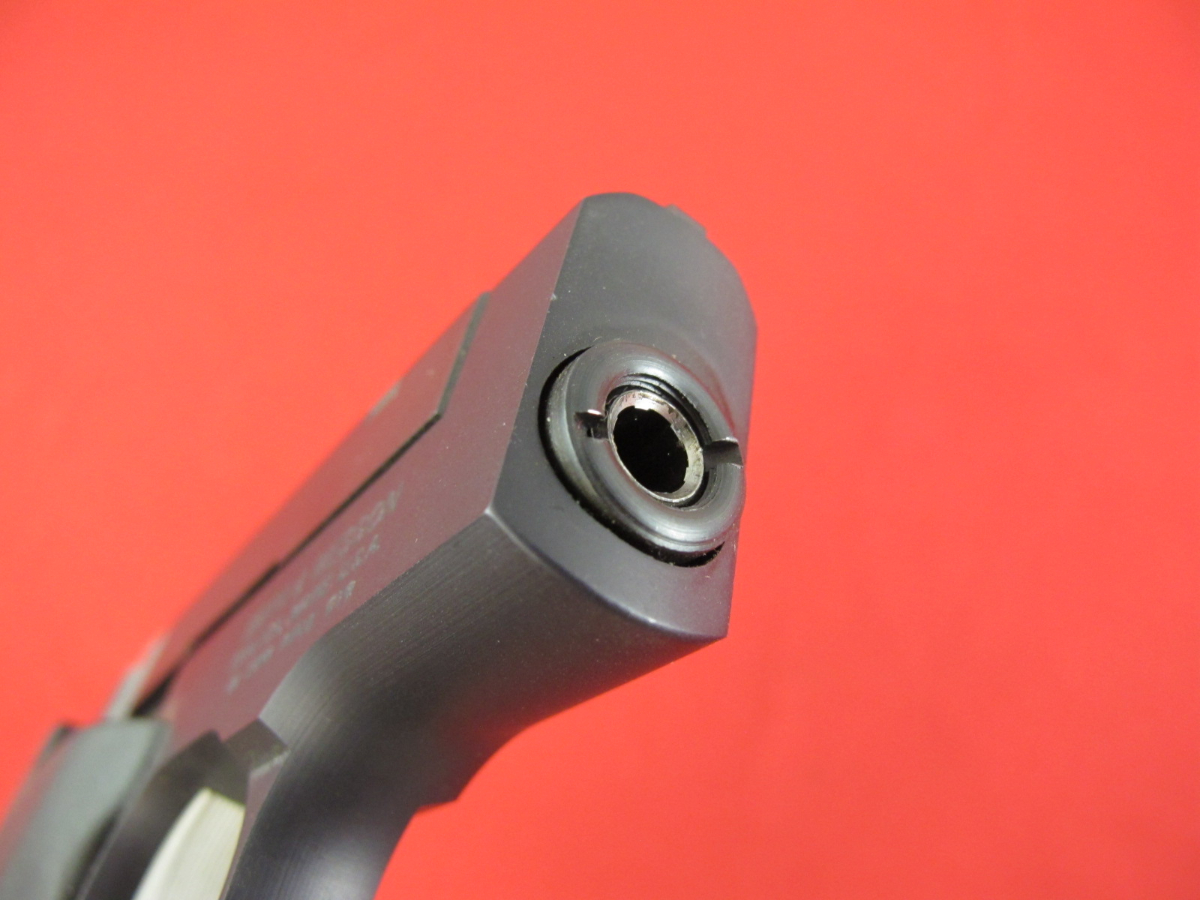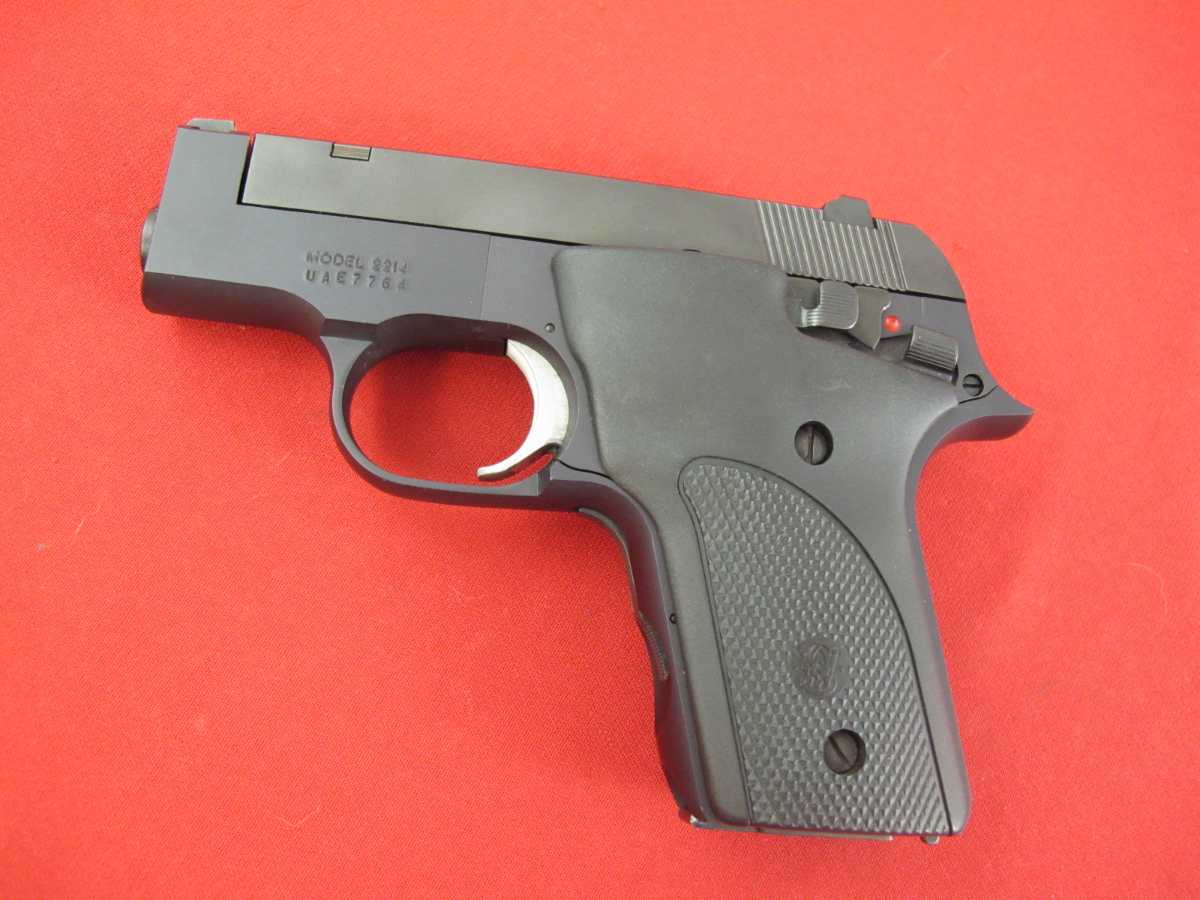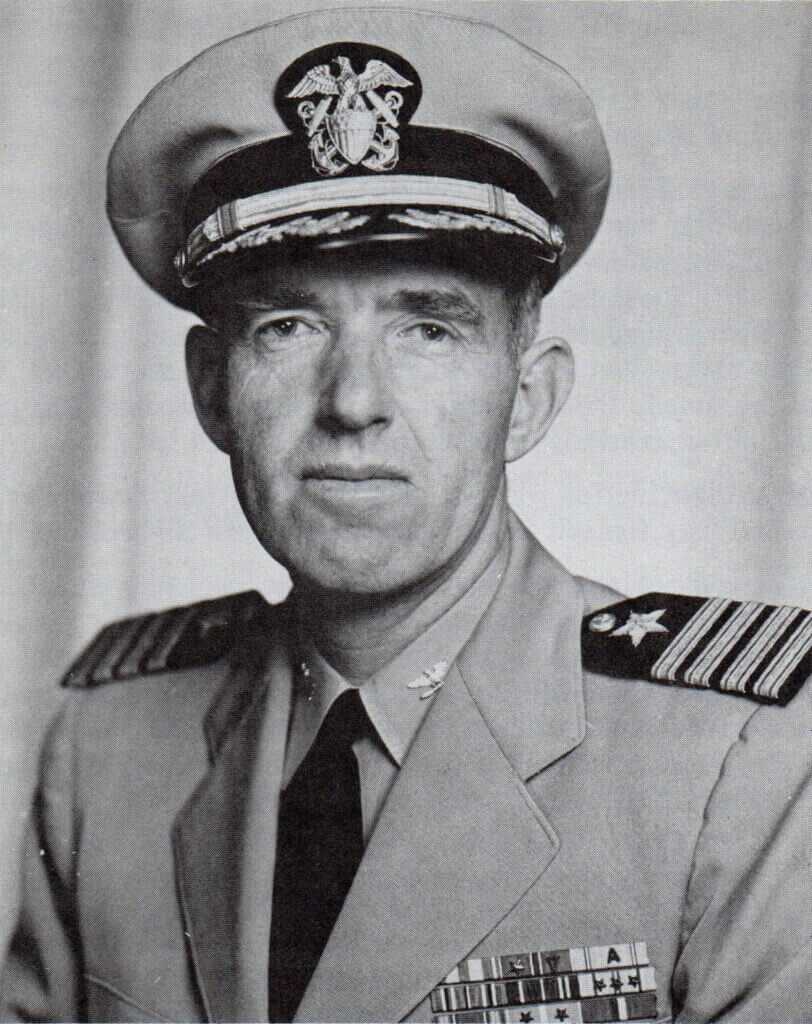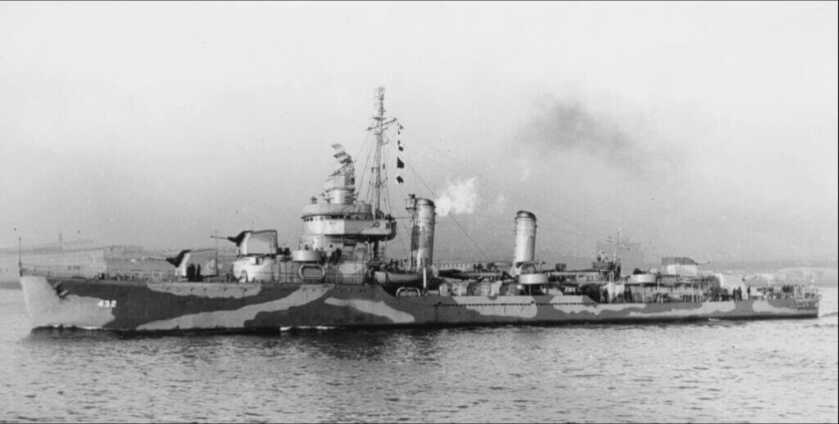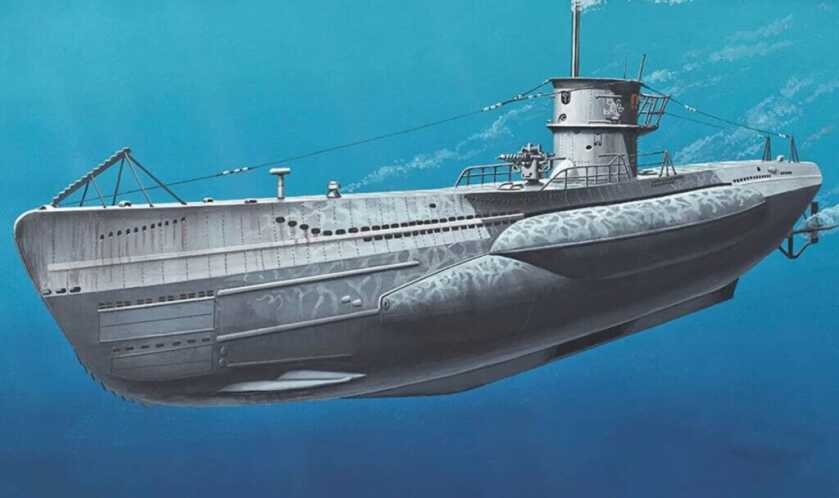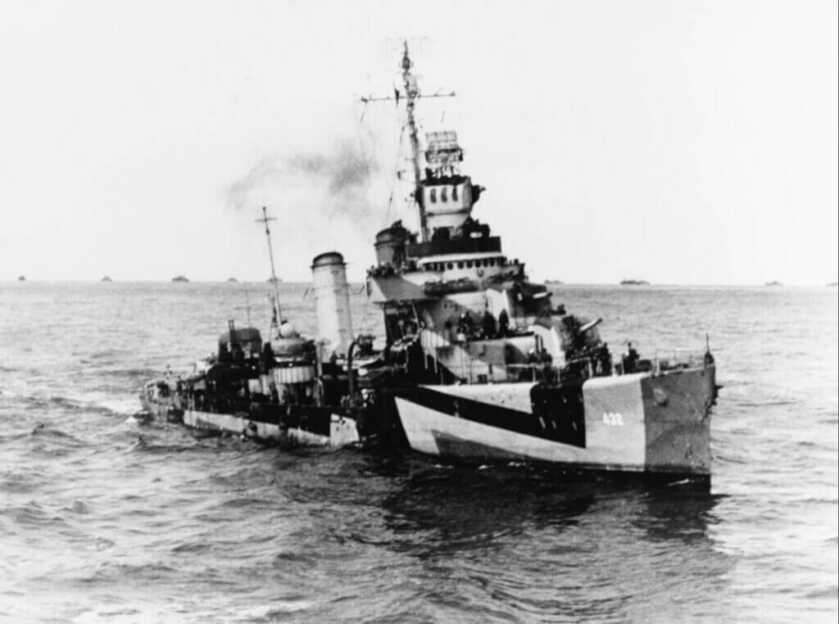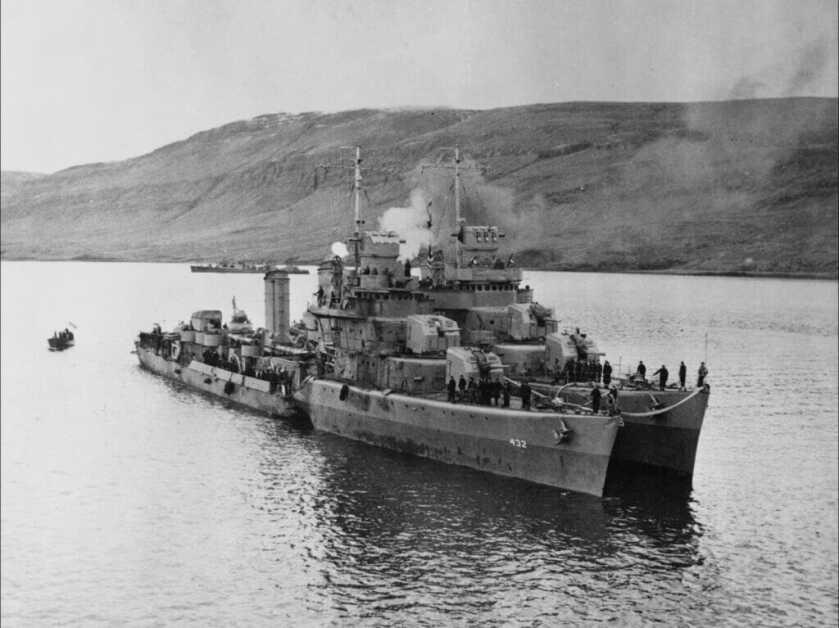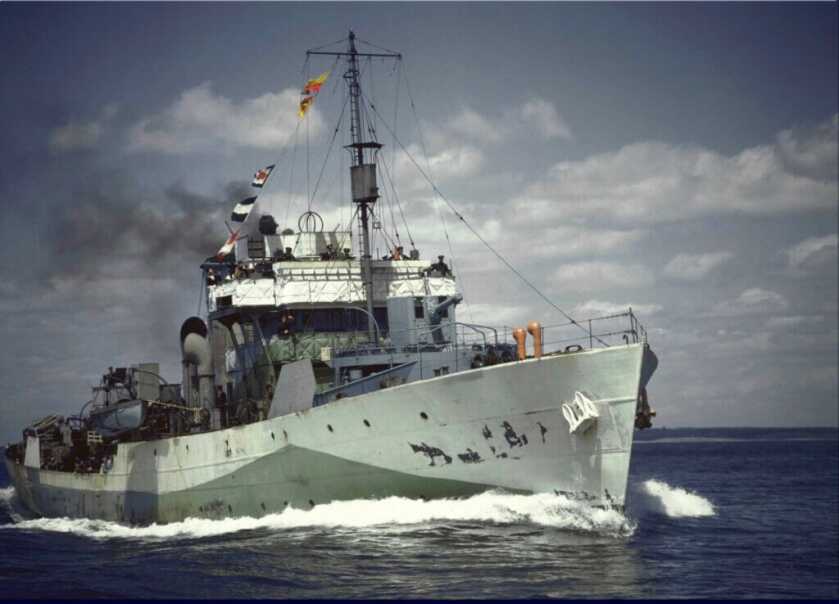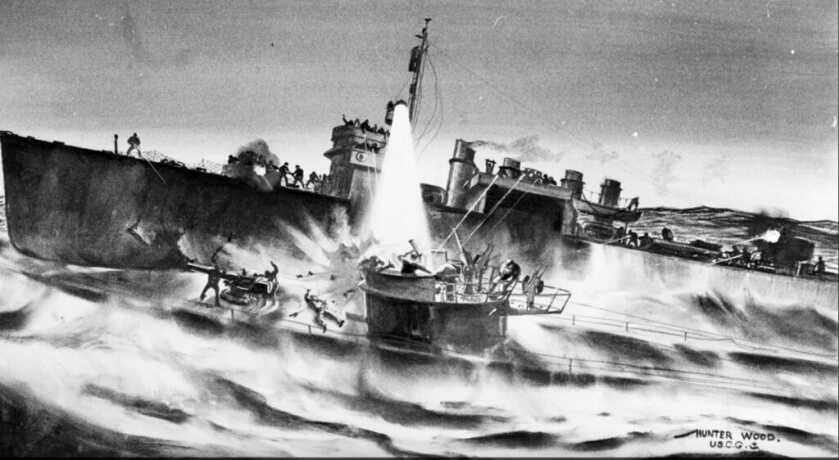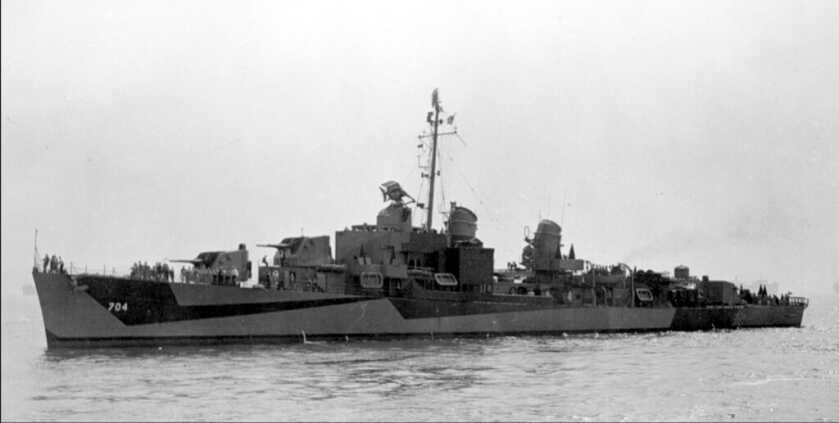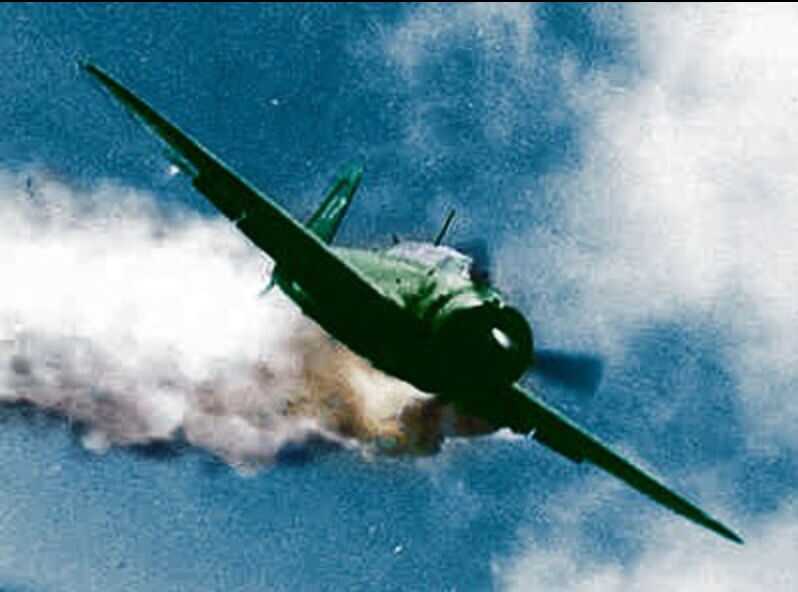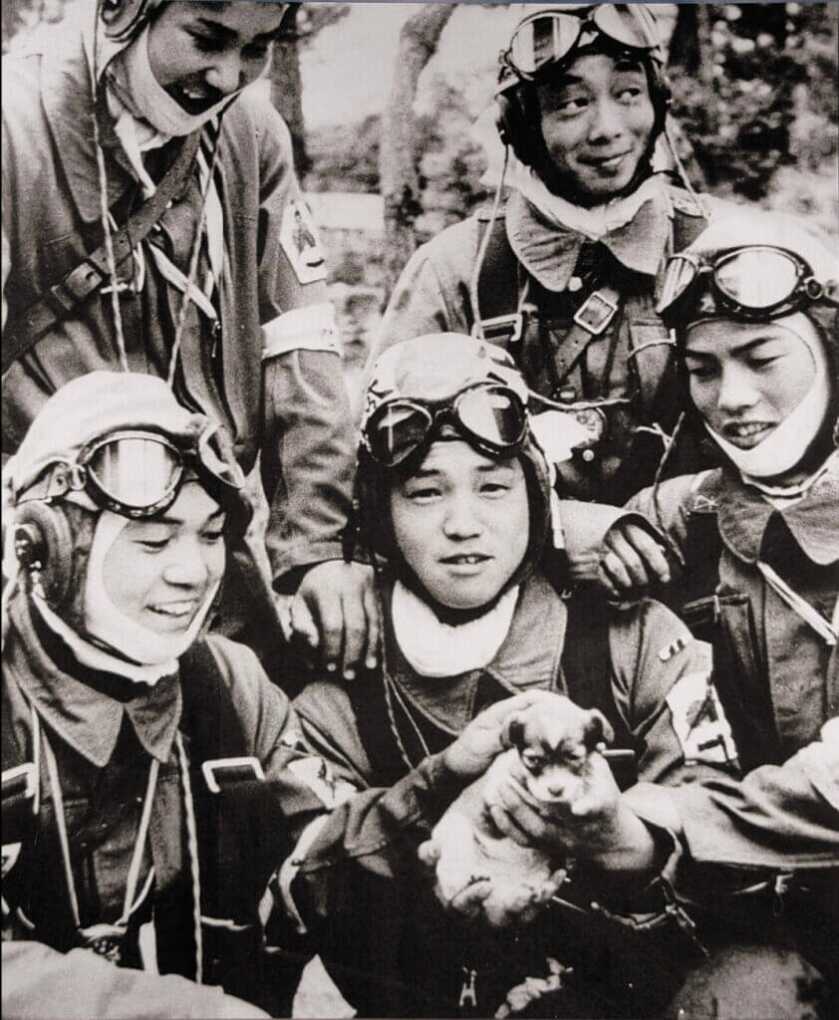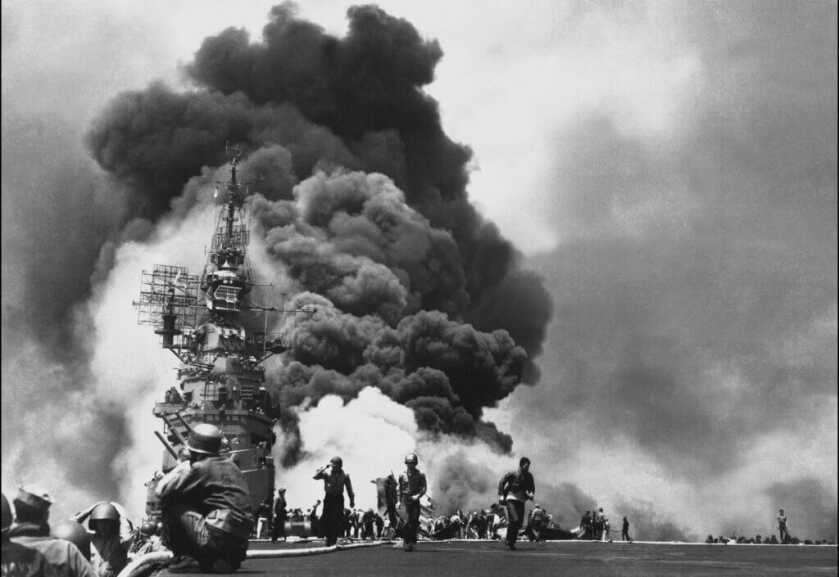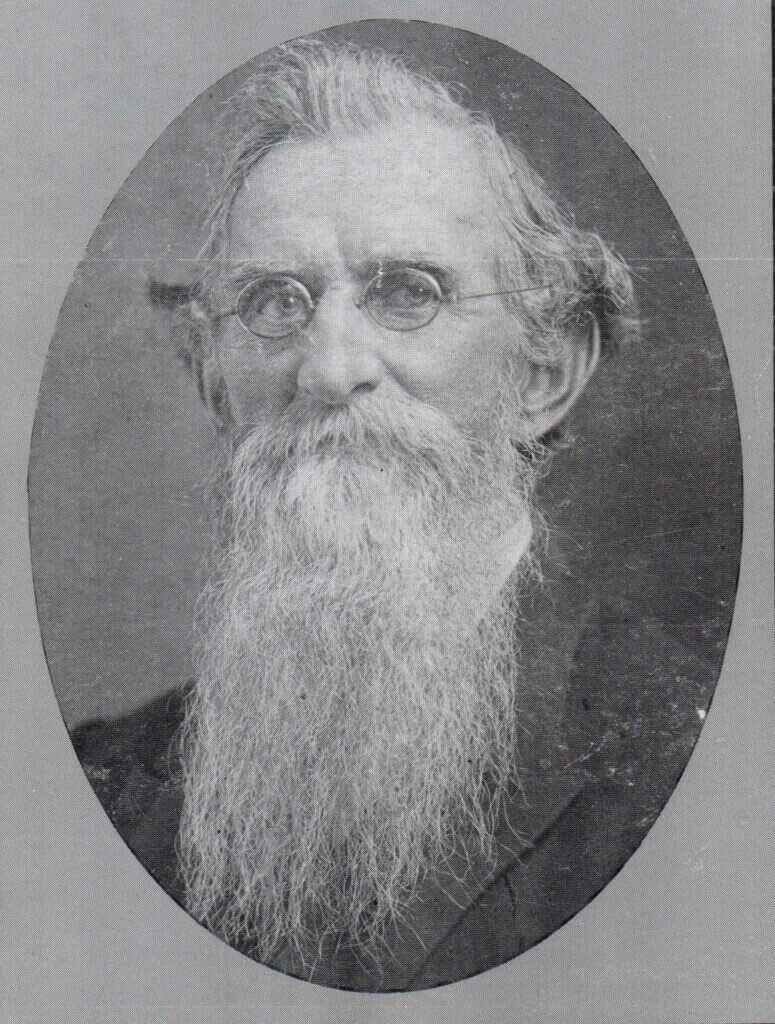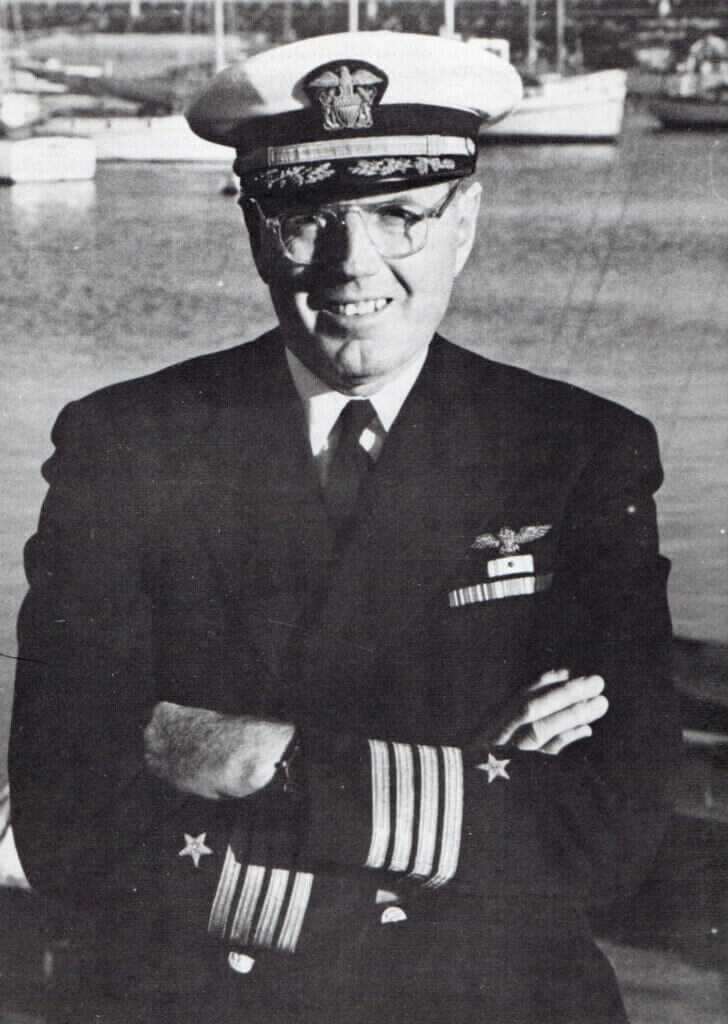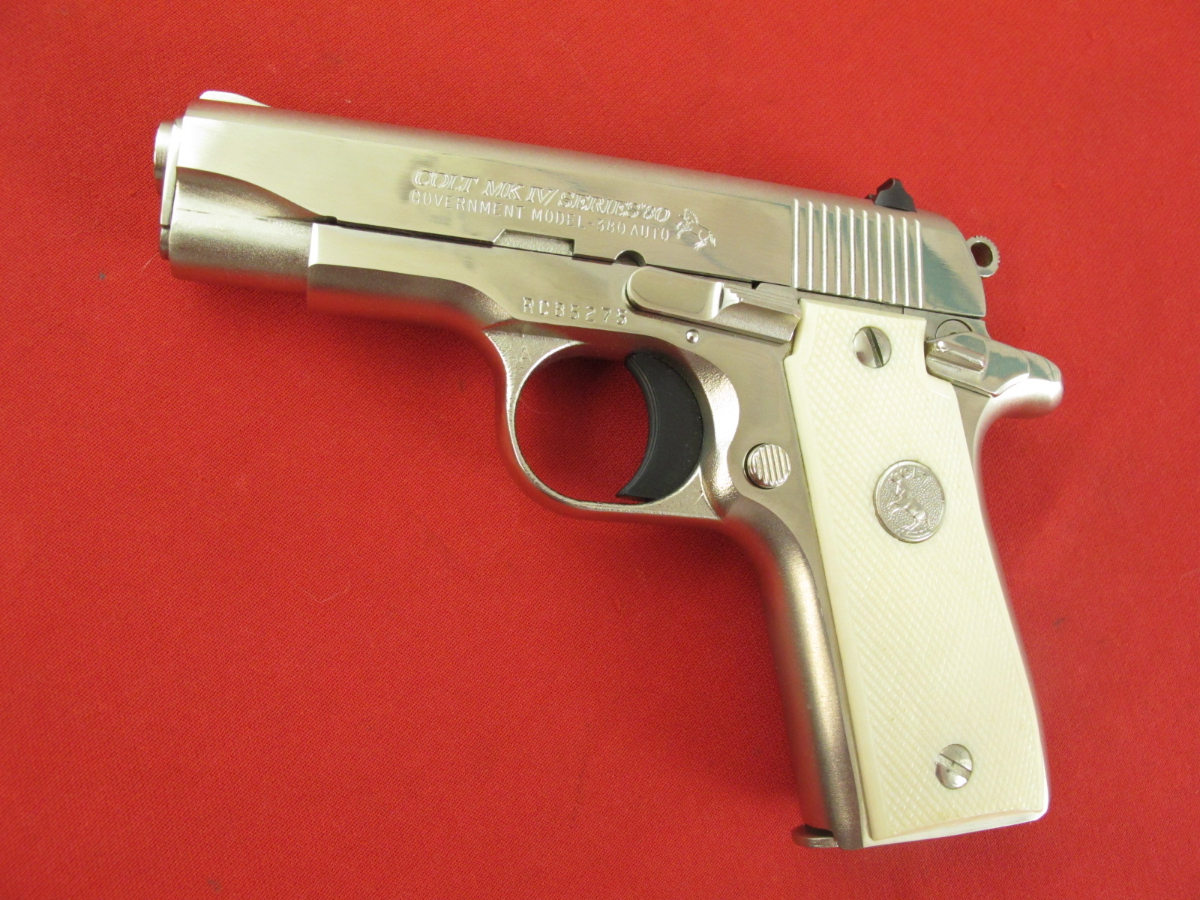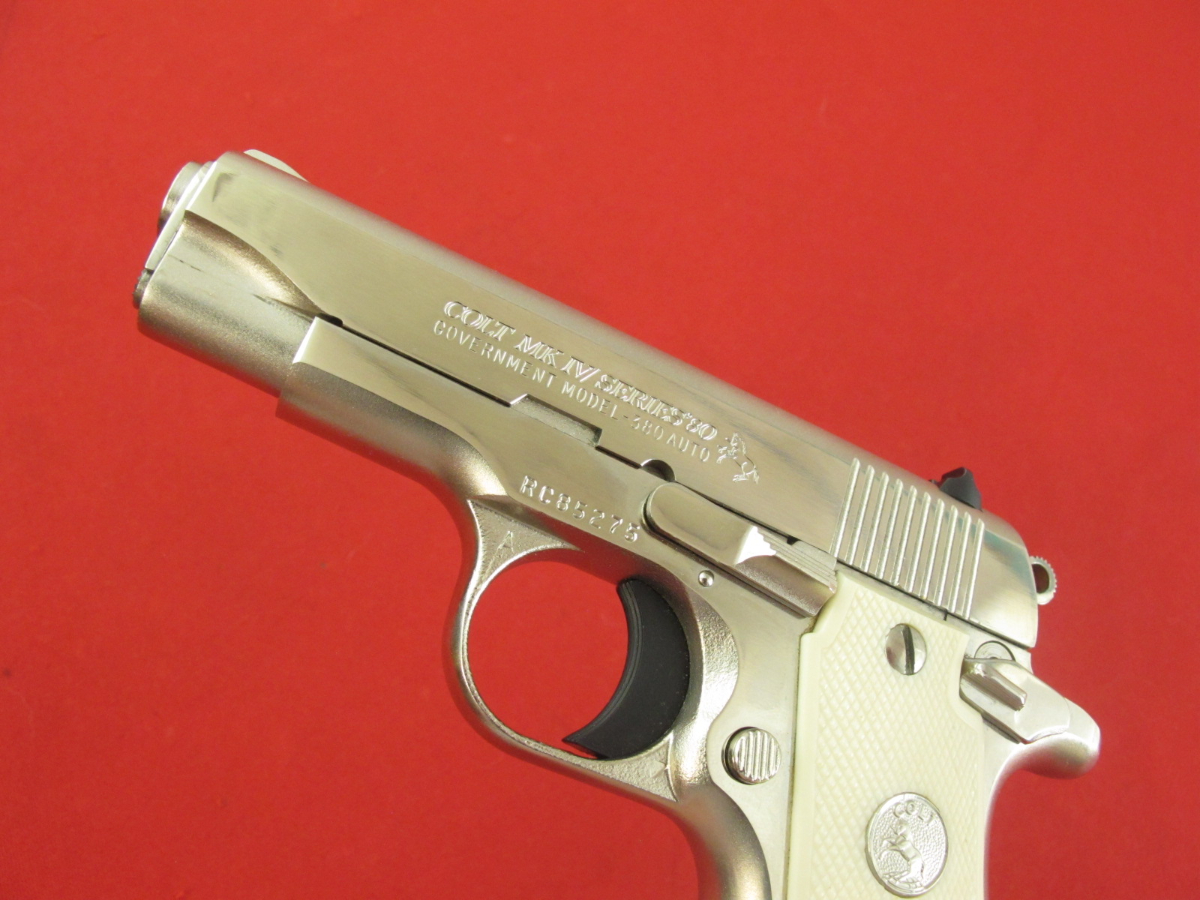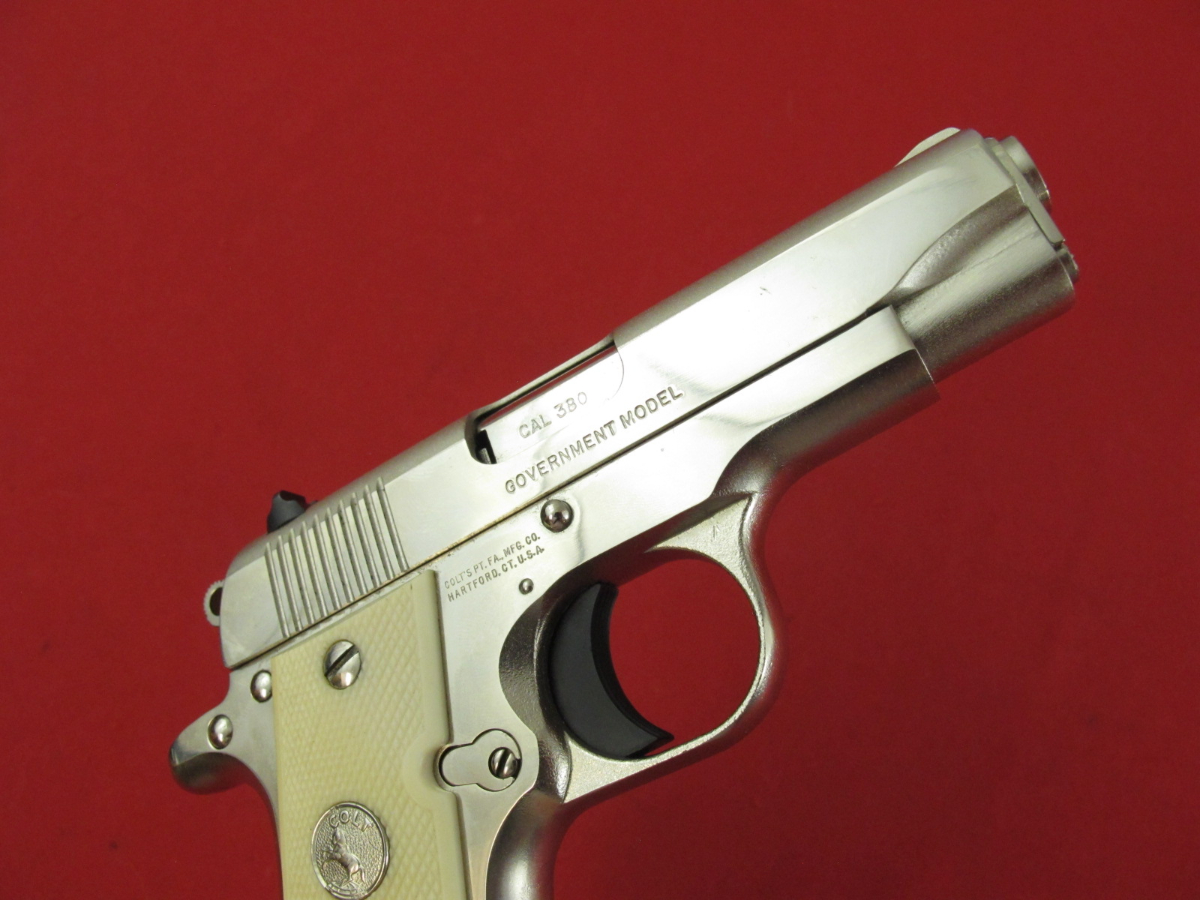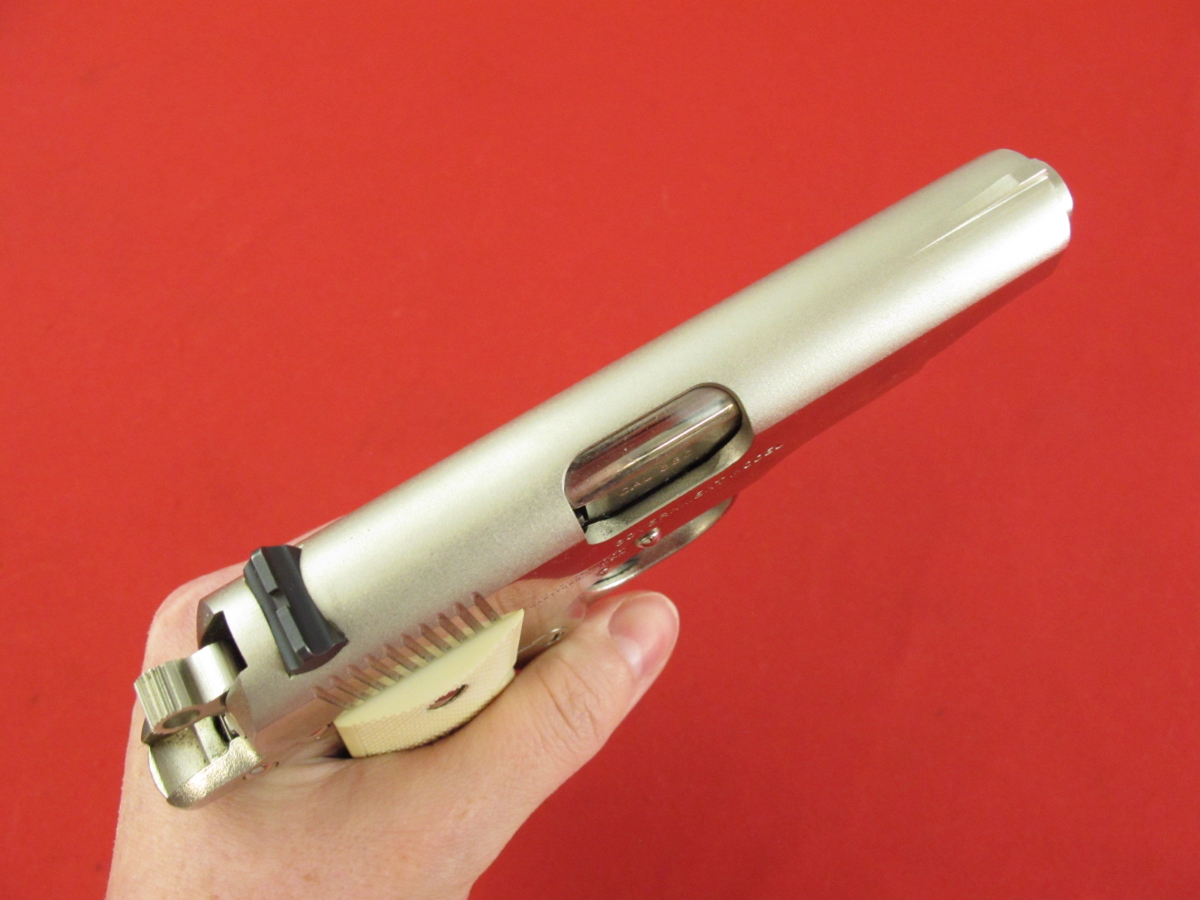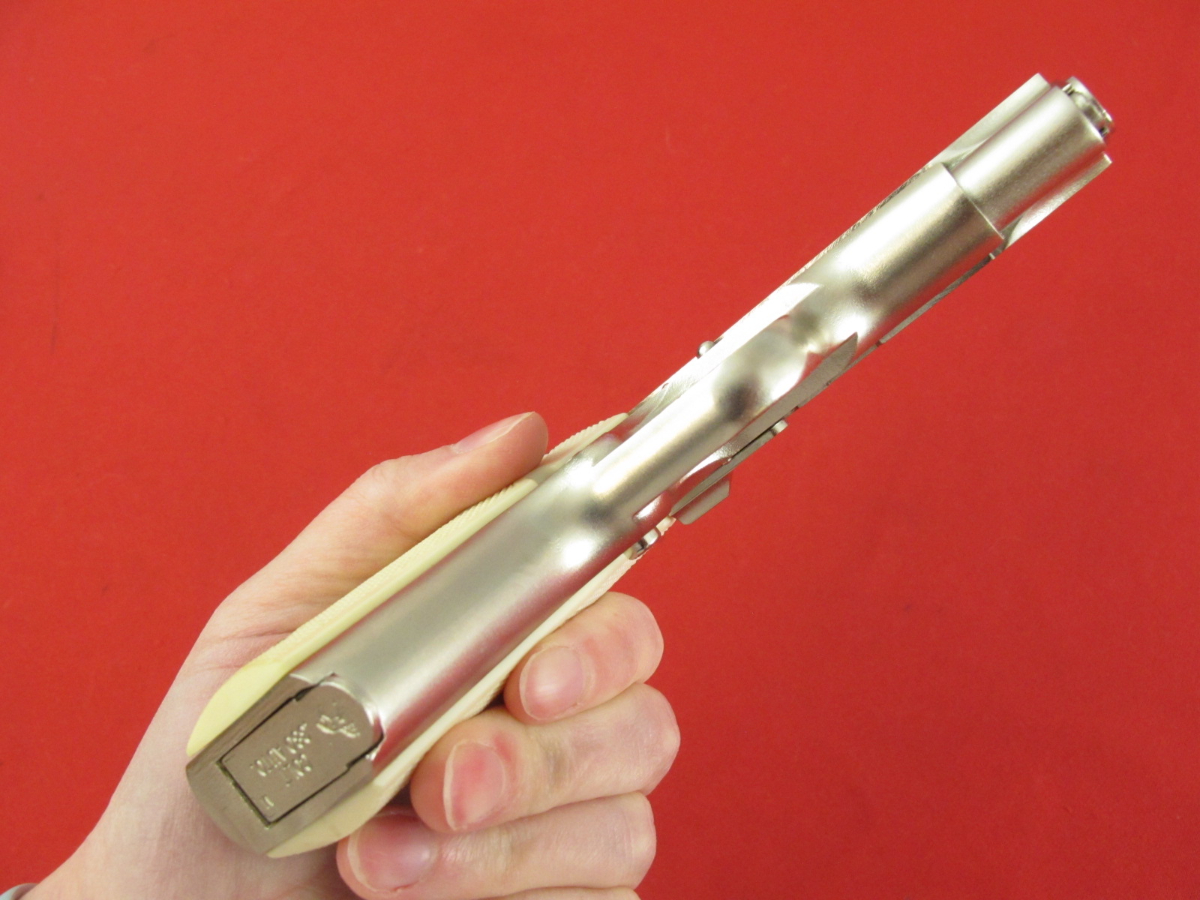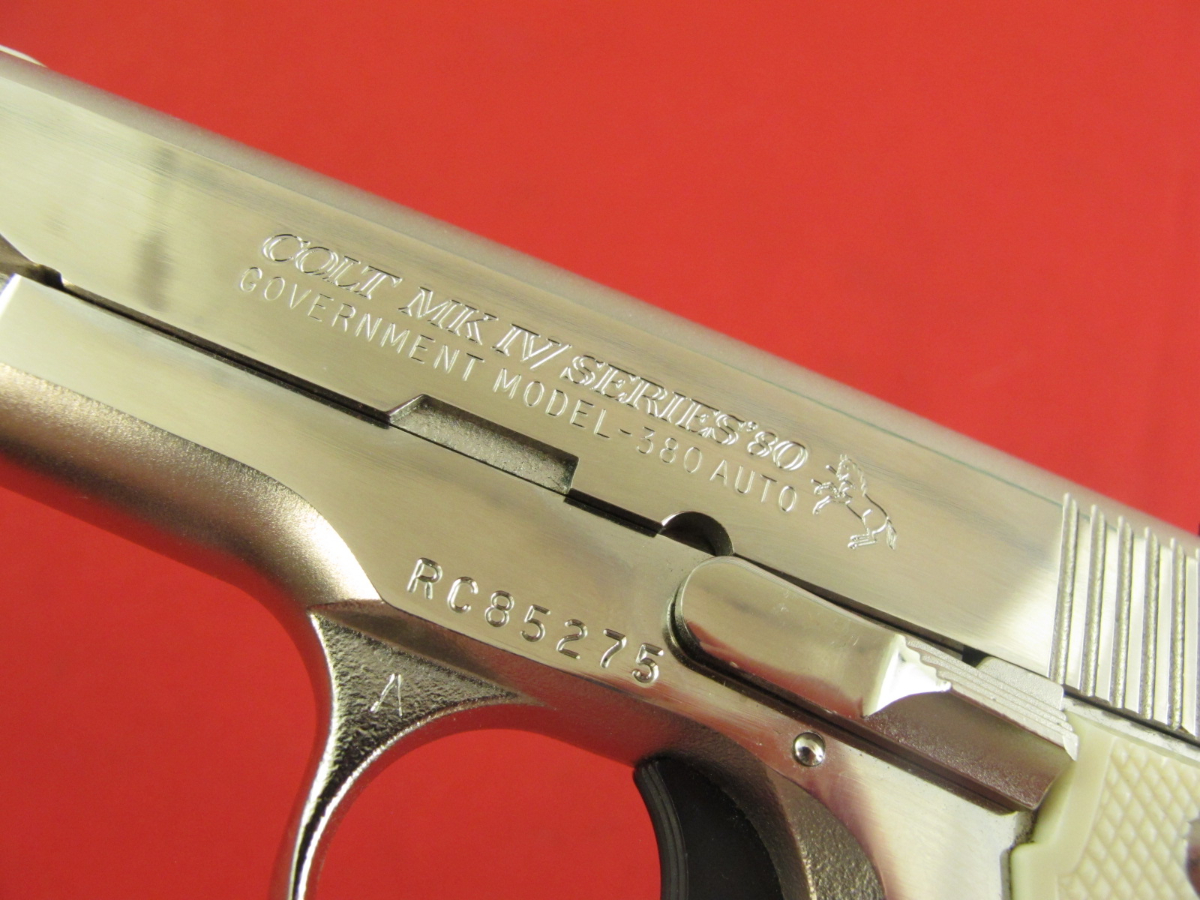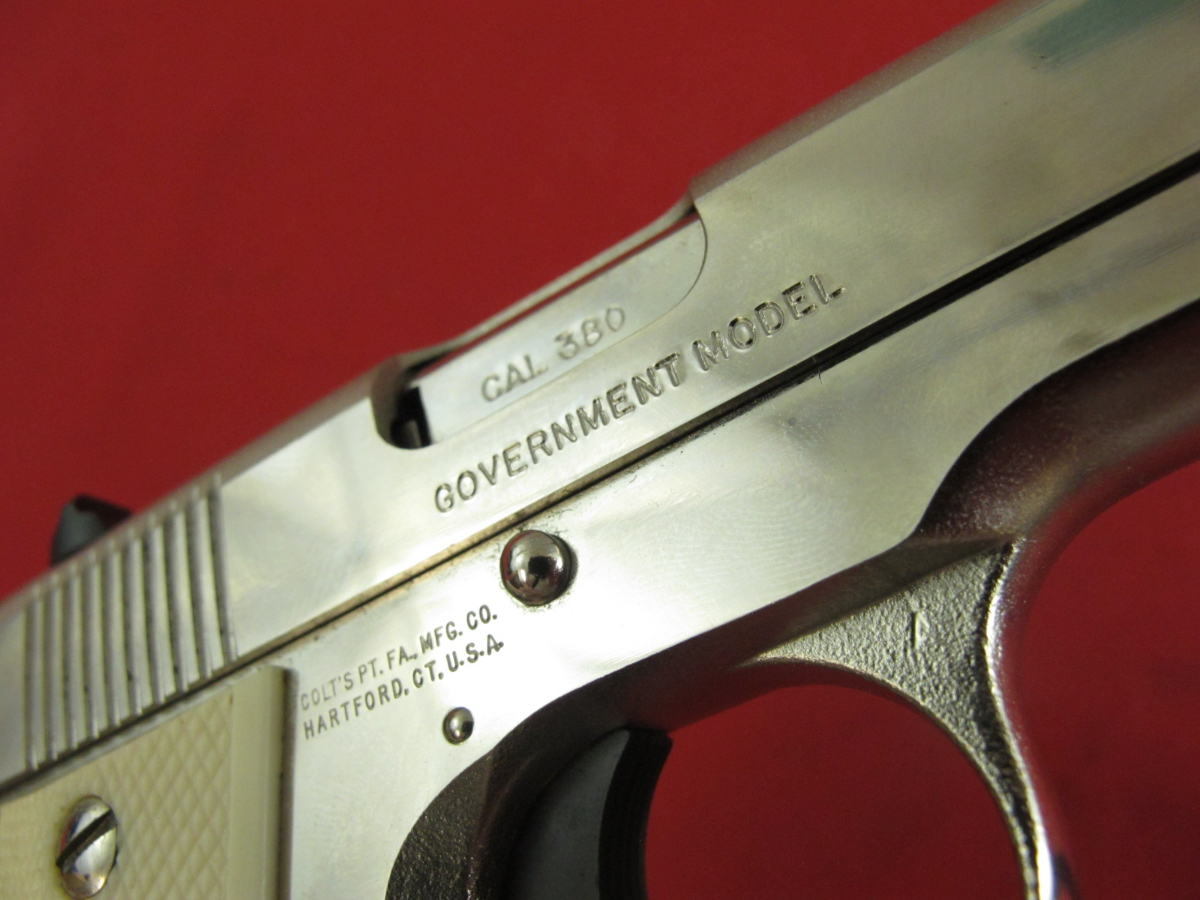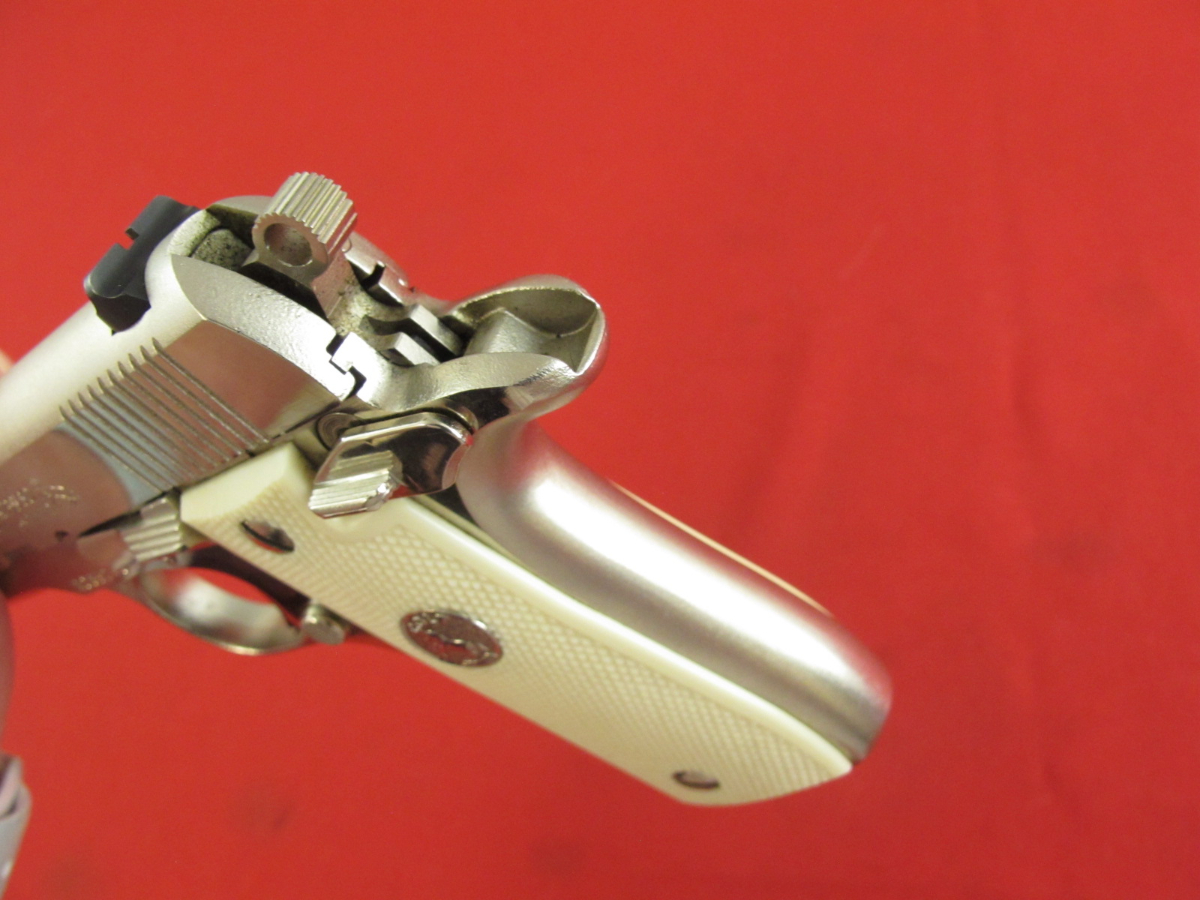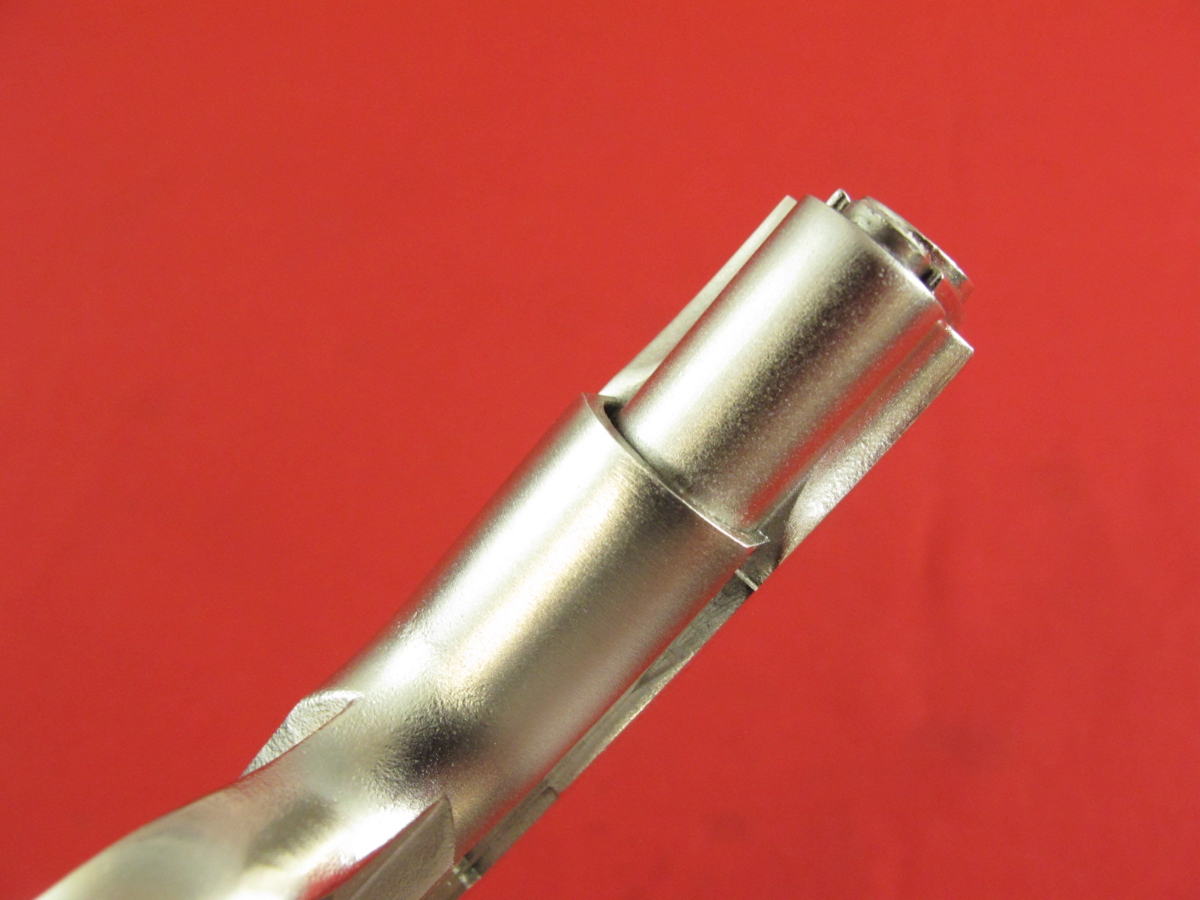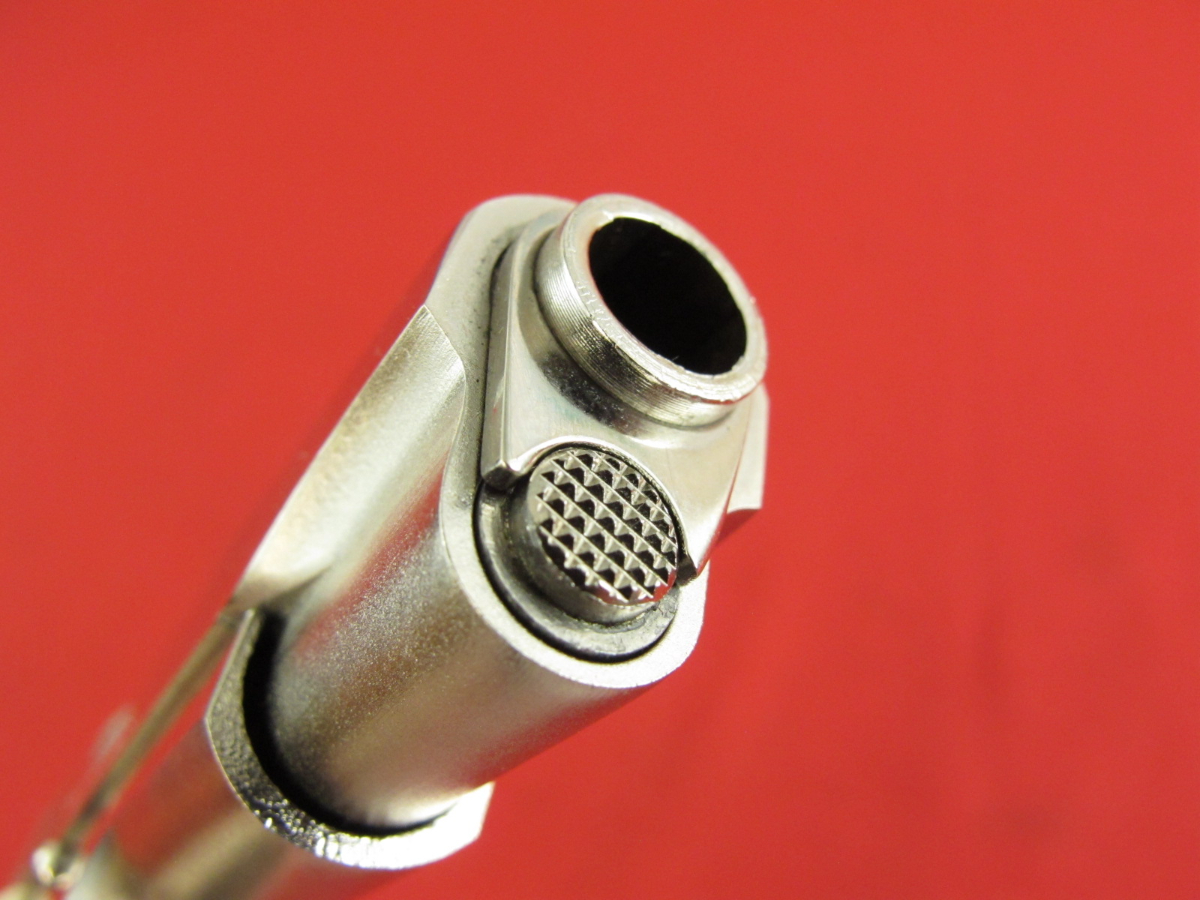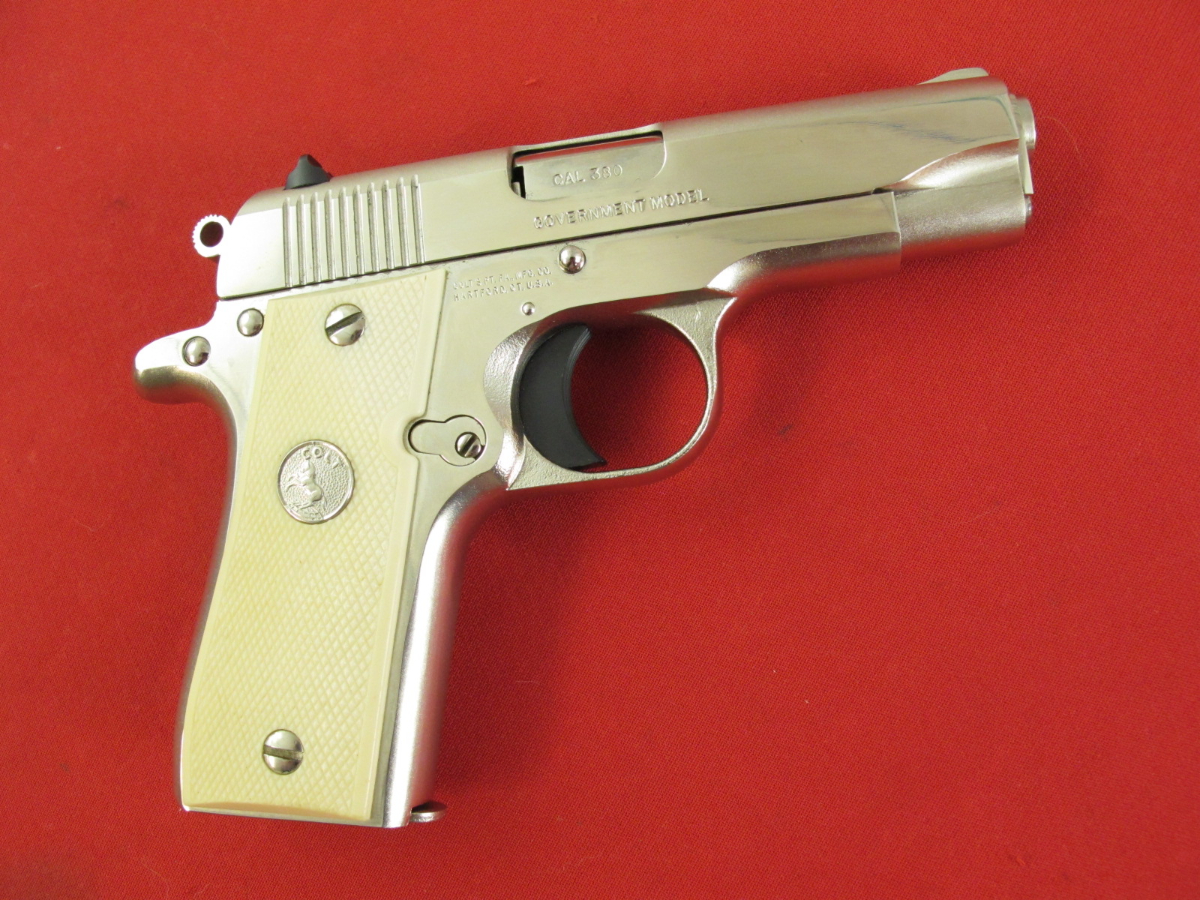
Some of the most extraordinary firearms were not designed by trained engineers. Samuel Colt was a youthful seaman on the sailing ship Corvo when, inspired by the ship’s capstan, he first contrived the revolving cylinder pistol that would change the world. The esteemed firearms luminary John Moses Browning designed every rifle-caliber automatic weapon used by US forces in World War 2. He learned his trade by working in his father’s gun shop starting at age 13.
Mikhail Timofeyevich Kalashnikov dropped out of school after seventh grade to become a tractor mechanic. The rifle he designed became the most-produced firearm in human history. There are more than 100 million copies in service. And then there was Ronnie Barrett. The father of what is arguably the manliest man-portable gun ever made was originally trained as a photographer.
Origin Story

Ronnie Barrett was born in Murfreesboro, TN, in 1954. He opened his photography studio in 1974. Ten years later he was photographing a river patrol gunboat on the Stones River outside of Nashville when he was captivated by the vessel’s twin Browning .50-caliber machineguns. Intrigued, Ronnie began pondering the concept of a man-portable rifle chambered for the massive .50 BMG cartridge.
With no engineering experience whatsoever, Barrett began sketching out ideas. These he took to a tool and die maker in Smyrna, GA, named Bob Mitchell.
Together, they bodged together a prototype in four months. He took a second prototype to a gun show in Houston, TX, with the express purpose of finding investors to create a manufacturing company. Three adventurous souls signed on, and Barrett Firearms Manufacturing was born.
The first production lot was for thirty guns for private sale. However, the CIA heard about the guns and contracted for an unknown number of the M82 semiautomatic .50-caliber anti-materiel rifles for use by Afghan mujahideen in their fight against the Soviets. In 1989, the Swedish Army adopted the M82 as a sniper rifle. The US military followed suit the following year. These rifles subsequently saw action in Operation Desert Storm.

The US Marine Corps bought the first lot of 125 weapons and designated them the M82A1 SASR or Special Applications Scoped Rifle. These guns were used as both anti-materiel weapons as well as explosive ordnance disposal tools.
Back when I was a soldier in the early 1990’s, we shared an arms room with the post EOD detachment. They had two Barretts that they fed by delinking belted .50 BMG rounds by hand.
Since that time, Ronnie Barrett’s amazing big-bore sniper rifles have found their way all around the world. They have been adopted by the military and police forces of at least thirty nations and have sold widely on the civilian market.
The basic chassis has been adapted into a bullpup weapon called the XM500. It was also used as the basis for the XM109 “Payload Rifle.” The XM109 sports a shorter barrel and fires 25mm high explosive rounds. While this remarkable gun was undeniably effective, recoil turned out to be more than a typical human operator could manage.
Mechanical Details

The mechanical challenge was obviously in contriving some sort of autoloading action that could mitigate the recoil from the .50 BMG round into something manageable by a single operator firing off of a bipod. The Browning-designed M2 HB air-cooled, belt-fed machinegun weighs 84 pounds stripped and is designed to be fired off of fixed mounts. This was a tall order.
If you haven’t had much experience with it, the .50 BMG round is an absolutely beast of a cartridge. Measuring out at 12.7x99mm, the .50 BMG looks like a .30-06 on steroids. The bullet fired from a typical M33 ball round weighs a whopping 660 grains and travels at around 3,000 fps at the muzzle. To tame that monster, Ronnie Barrett drew inspiration from some curious spaces.

John Browning held 127 gun-related patents when he keeled over of heart failure at his work bench in Liege, Belgium, at age 71. In addition to the Browning Automatic Rifle, the M1911 pistol, and the M1917 and M1919 machineguns, he also designed a variety of civilian lever-action and slide-action weapons. He also developed the .25ACP, the .32ACP, the .380ACP, and the .45ACP cartridges, to name but a few. Among all of those amazing inventions, Browning himself stated that he was most proud of his Auto-5 shotgun. That rascal was a thing of mechanical beauty.
Source Material
The Auto-5 is a recoil-operated semiautomatic shotgun. There are some fundamental differences between the action of the Auto-5 and that of the M82, but they share a common mechanical philosophy. At the moment of firing, the barrel and bolt of both guns recoil a short distance rearward together. The combined mass of these two components helps mitigate the ferocity of the both the 12-gauge shotgun round as well as the .50 BMG.

In each case, the barrel ceases its rearward travel and then is returned back into battery by its own recoil spring system. Then the bolt continues its rearward trek, ejects the empty case or hull, and returns forward under spring pressure. The Auto-5 feeds a fresh shell from an under-barrel tubular magazine. The M82 feeds from a pressed steel 10-round box.
There are specific design details incorporated into each weapon to keep the guns balanced and reliable. The Auto-5 uses a series of fairly complicated bevel rings and friction pieces that can be tuned to the specific load. The M82 uses an accelerator system to keep the chaos in check. The Barrett also utilizes a massive mechanical muzzle brake that tends to redirect muzzle blast and retard recoil forces. These brakes come in two different designs based upon the specifics of the weapon.
Practical Tactical

I saved up forever to buy my M82A1 and eventually found one on sale with a Leupold Mk V scope. The gun weighs around 30 pounds stripped. Barrels come in either 20 or 29-inch versions. Regardless of the particulars, hefting one of these monsters for the first time is a sobering experience.
Stuffing that ten-round magazine will humble you as well. Cheap blasting bullets run about $3 a pop. The really good stuff is closer to $9. All of it is just stupid huge.
The actual shooting experience is indeed unique. That big honking harmonica muzzle brake throws crap up in the air like a toddler with leaf blower. Sitting next to somebody as they shoot this thing really will reliably clear your sinuses. I swear I can feel it in my teeth.
However, the space behind the gun remains fairly placid. I’d liken it someplace between a 20 and a 12-gauge. The recoil force is more of a shove than a shock. I’ve had little kids shoot mine, and nobody left traumatized.
This is a long-range precision rifle that is fully capable of engaging targets out past a kilometer. At least that’s what I had read before I dumped a zillion bucks on mine. Then I took my gun out to a friend’s 1,300-meter range and was sorely disappointed.

This is a magnificent facility with a nice elevated shooting platform and steel targets at known distances. I started out establishing a zero at 100 meters and struggled to keep my rounds in a dessert plate.
It was an ignominious start to the day. About twenty rounds later, I was just sick. If I couldn’t group better than this at a football field, I would just be peppering the countryside at a grid square distant.
A friend then asked what kind of ammo I was shooting. It was the cheapest safe .50 BMG I could find. I had bought 100 rounds of delinked GI ball for $300. On a whim I swapped to some of my precious Hornady A-Max, and the angels began singing. These 750-grain bonded metallic-tip rounds are the aforementioned good stuff. I then proceeded to put three rounds into a single contiguous hole.

A-Max isn’t cheap, but it performs. Shooting this awesome ammo, I was on steel at 1,000 meters in three rounds and kept the plate bouncing until I ran out of bullets. The take-home message is that the nicest gun in the world will shoot like crap if you feed it crap ammo. My Barrett M82A1 is indeed everything it was made out to be.
War Stories
I have two friends who have used the M82 operationally. One was a sniper in a leg infantry unit. The other served in a similar role in the Ranger Regiment. Both men used the gun in Afghanistan. They both gave it mixed marks.
The weapons shot plenty straight and carried energy out farther than any other man-portable weapons in the arms room.
However, humping that enormous rifle, even broken down into a two-man load, was obviously a dreadful butt-whooping. The infantry guy described scaling a rocky mountain with the thing cursing the whole way up and back. However, keep in mind that grunts do naturally curse a lot.
Curiously, the Ranger sniper’s primary gripe was with the noise it made. He said it created such a massive boom that everybody in the surrounding area knew it was running. Their sound-suppressed bolt guns brought much of the same capability in a more stealthy, more portable package.

Regardless, I love mine. Lug this beast out to the range and expect to make all kinds of new friends. Cheap ammo is still a reliable crowd-pleaser. I save my A-Max for that inevitable day when the zombies come. The breathtaking Barrett M82A1 means not having to say you’re sorry in any of the world’s recognized languages. And to think that this amazing gun was built by a professional photographer. Well done, Mr. Barrett.
 Fried chicken, potato salad, green beans slathered in bacon grease, fresh homemade rolls, pecan pie and sweet tea. Gallon upon gallon of sweet tea. The intoxicating odor of this mystical combination smells like church, family and love to me.
Fried chicken, potato salad, green beans slathered in bacon grease, fresh homemade rolls, pecan pie and sweet tea. Gallon upon gallon of sweet tea. The intoxicating odor of this mystical combination smells like church, family and love to me.